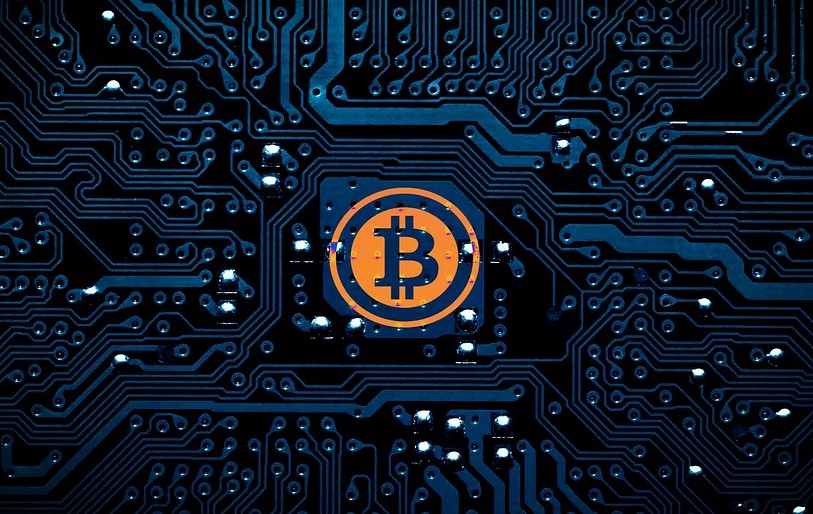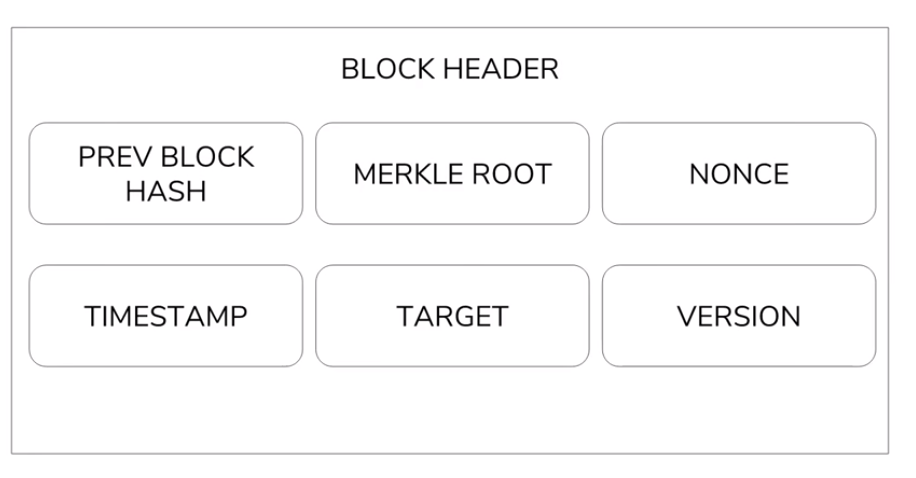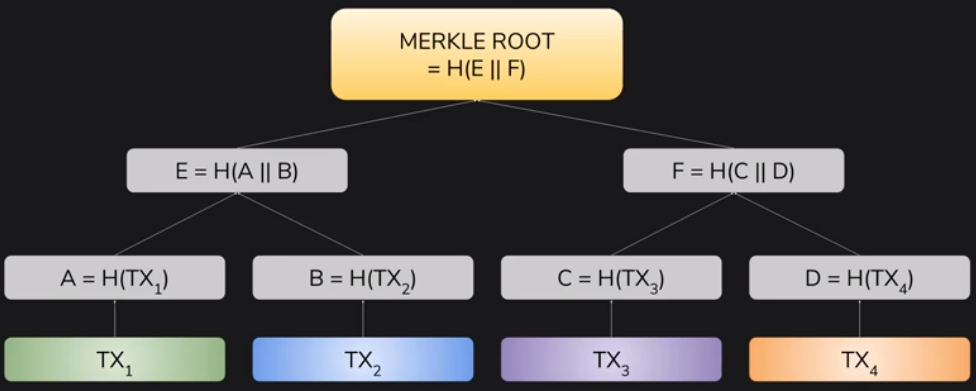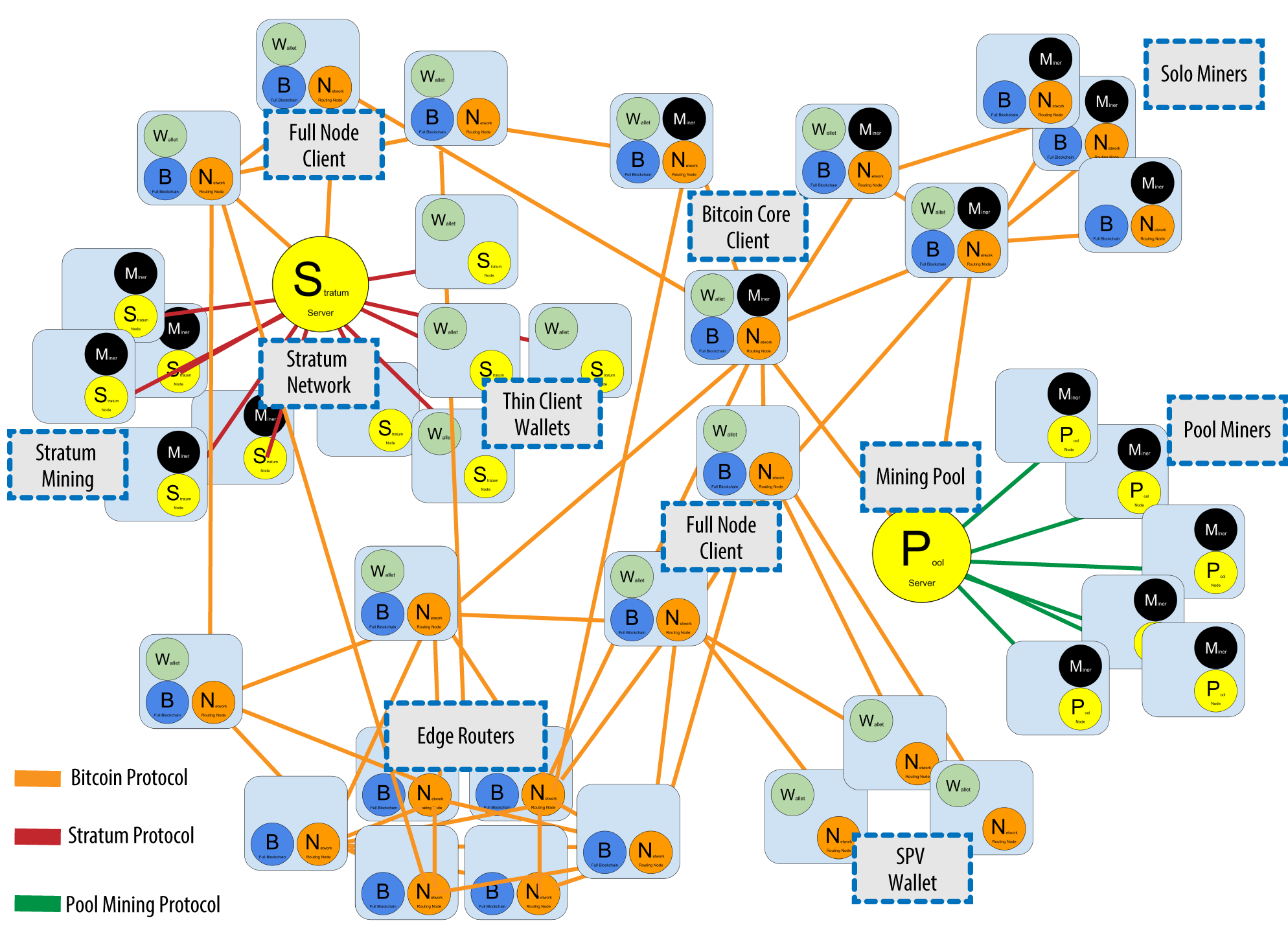Bitcoin and Cryptocurrencies CS198.1x
Bitcoin and Cryptocurrencies CS198.x BerkeleyX edX course notes
Last Updated: August 14, 2018 by Pepe Sandoval

Want to show support?
If you find the information in this page useful and want to show your support, you can make a donation
Use PayPal
This will help me create more stuff and fix the existent content...





